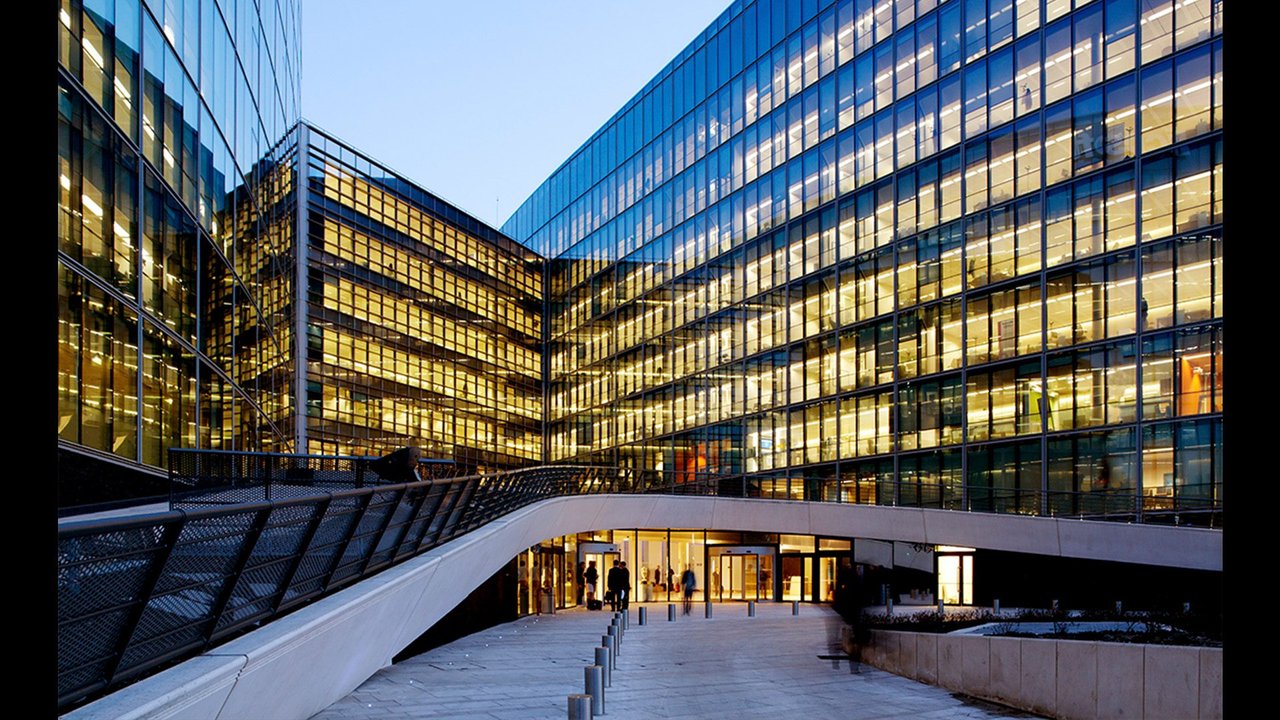LeoGlossary: Headquarters
0 comments

Headquarters, often abbreviated as HQ, refers to the main location where an organization's primary functions and leadership are concentrated. It's essentially the central hub where decisions are made, strategies are devised, and operations are coordinated.
The concept of headquarters applies to a wide range of organizations, including:
Businesses:
- Corporate headquarters: This is the central office of a corporation, where executives and key staff oversee overall operations, including finance, marketing, human resources, and strategic planning.
- Branch offices: These are regional or local offices that handle specific tasks or operations under the direction of the headquarters.
Government: - National headquarters: This refers to the central offices of government agencies, like the President's office or the Department of Defense.
- Regional offices: These are local offices that manage government programs and services within a specific area.
Military: - Military headquarters: This is the command center for a military unit, where strategies are planned, orders are issued, and information is collected.
- Forward operating bases: These are temporary locations closer to the front lines where troops are deployed for specific missions.
Non-profit organizations: - Main office: This is the central location where the organization's leadership and core staff manage operations and fundraising.
- Regional offices: These may handle specific programs or outreach activities in local communities.
Benefits
There are several benefits to having a headquarters, including:
- Centralized decision-making: A headquarters provides a central location for decision-making, allowing for more efficient and effective communication and coordination between different departments and teams.
- Strategic planning: A headquarters can serve as a hub for strategic planning, allowing organizations to develop and implement long-term plans and strategies.
- Brand visibility: A headquarters can serve as a symbol of an organization's brand and identity, helping to establish its reputation and build trust with customers and stakeholders.
- Talent attraction and retention: A headquarters can attract top talent and provide a desirable work environment, helping organizations to recruit and retain the best employees.
- Operational efficiency: A headquarters can help to streamline operations and improve efficiency by providing a central location for management, administration, and other support functions.
- Cost savings: By housing multiple functions and teams in a single location, organizations can potentially save on real estate and facilities costs.
- Collaboration and innovation: A headquarters can facilitate collaboration and innovation by bringing together employees from different departments and teams, fostering a culture of creativity and collaboration.
- Access to resources: A headquarters can provide access to resources such as IT infrastructure, research and development facilities, and other support services that may not be available at remote locations.
- Crisis management: In the event of a crisis or emergency, a headquarters can serve as a central location for crisis management and communication, helping organizations to respond quickly and effectively.
- Compliance: Depending on the industry or regulatory requirements, a headquarters can provide a central location for compliance and regulatory reporting, helping organizations to meet legal and regulatory requirements.
Overall, having a headquarters can provide organizations with a range of benefits, from centralized decision-making and strategic planning to talent attraction and retention, operational efficiency, cost savings, collaboration and innovation, access to resources, crisis management, and compliance.
While the location of the headquarters isn't always fixed, it often reflects the organization's priorities and ambitions. For example, a multinational corporation might have its headquarters in a major financial center like New York City or London, while a local environmental organization might have its headquarters in the community it serves.
General:
Posted Using InLeo Alpha
Comments